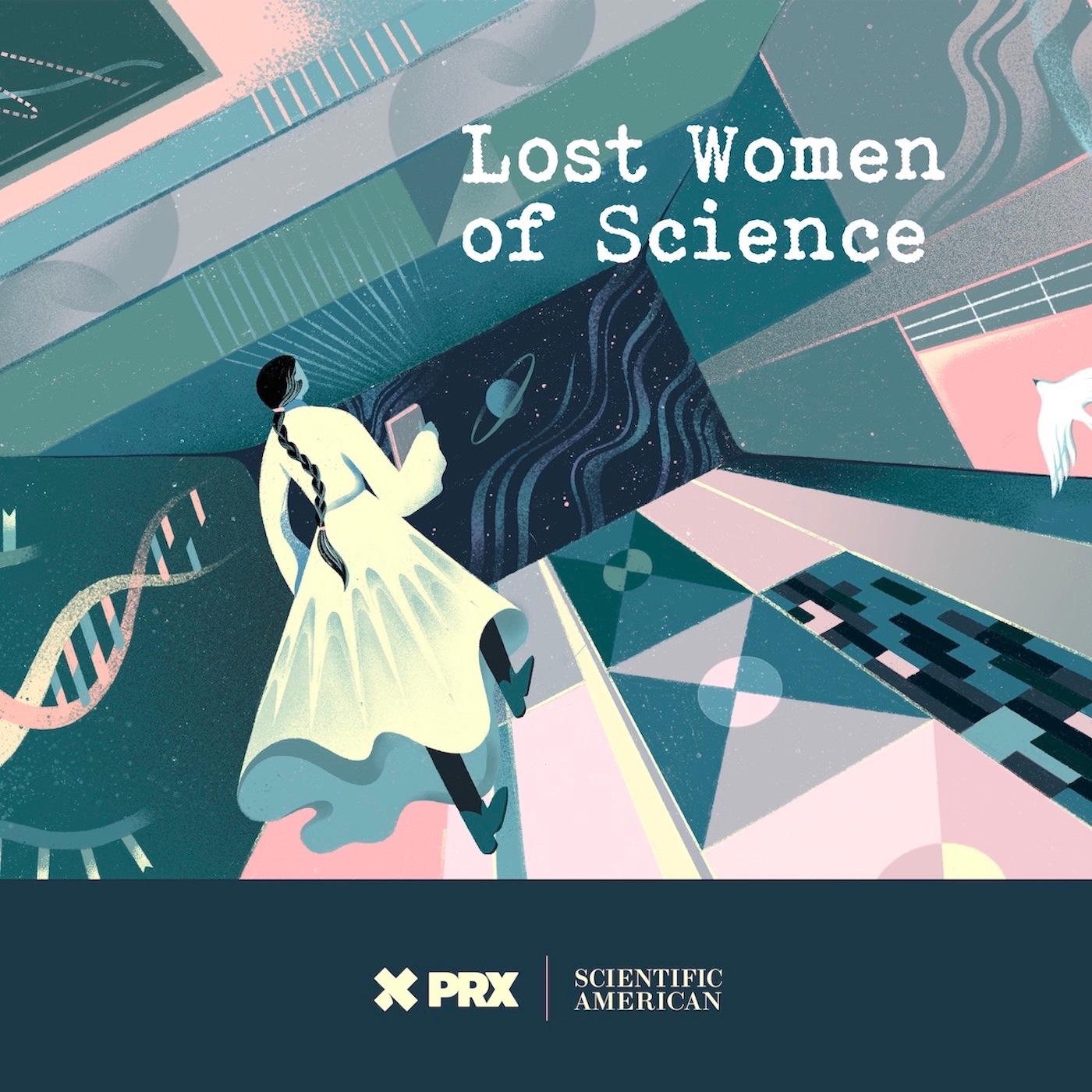
Lost Women of Science
Lost Women of ScienceFor every Marie Curie or Rosalind Franklin whose story has been told, hundreds of female scientists remain unknown to the public at large. In this series, we illuminate the lives and work of a diverse array of groundbreaking scientists who, because of time, place and gender, have gone largely unrecognized. Each season we focus on a different scientist, putting her narrative into context, explaining not just the science but also the social and historical conditions in which she lived and worked. We also bring these stories to the present, painting a full picture of how her work endures.
For every Marie Curie or Rosalind Franklin whose story has been told, hundreds of female scientists remain unknown to the public at large. In this series, we illuminate the lives and work of a diverse array of groundbreaking scientists who, because of time, place and gender, have gone largely unrecognized. Each season we focus on a different scientist, putting her narrative into context, explaining not just the science but also the social and historical conditions in which she lived and worked. We also bring these stories to the present, painting a full picture of how her work endures.

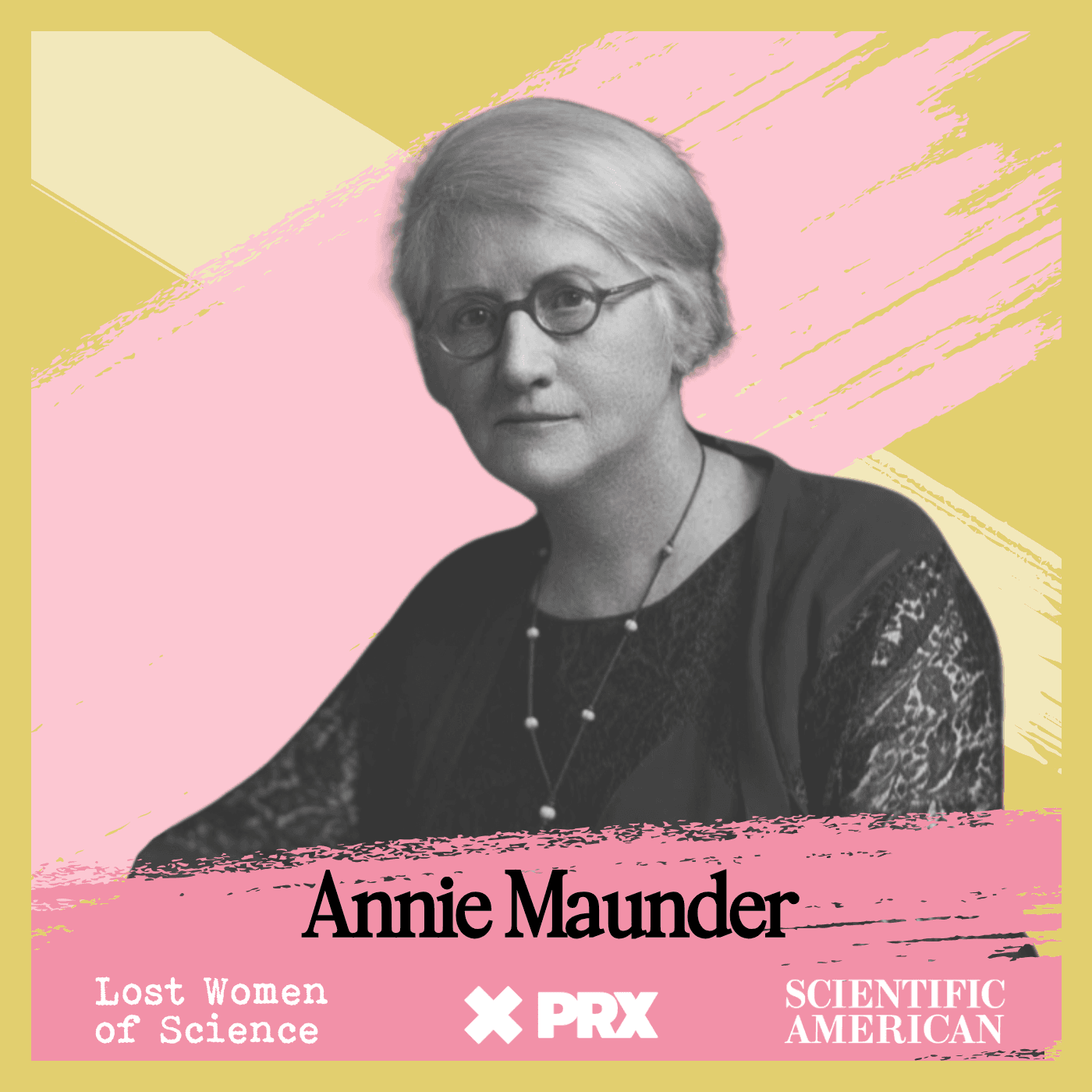









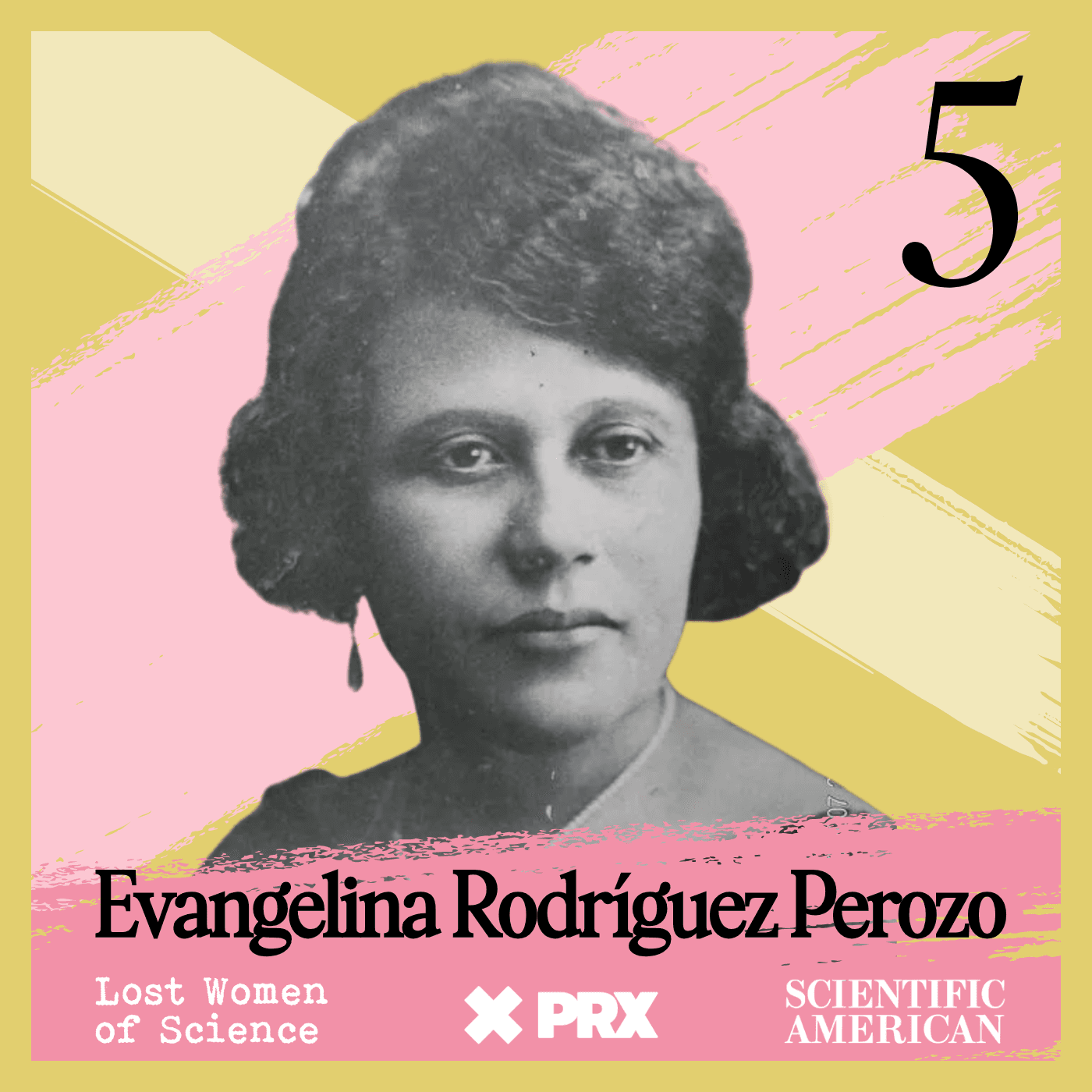













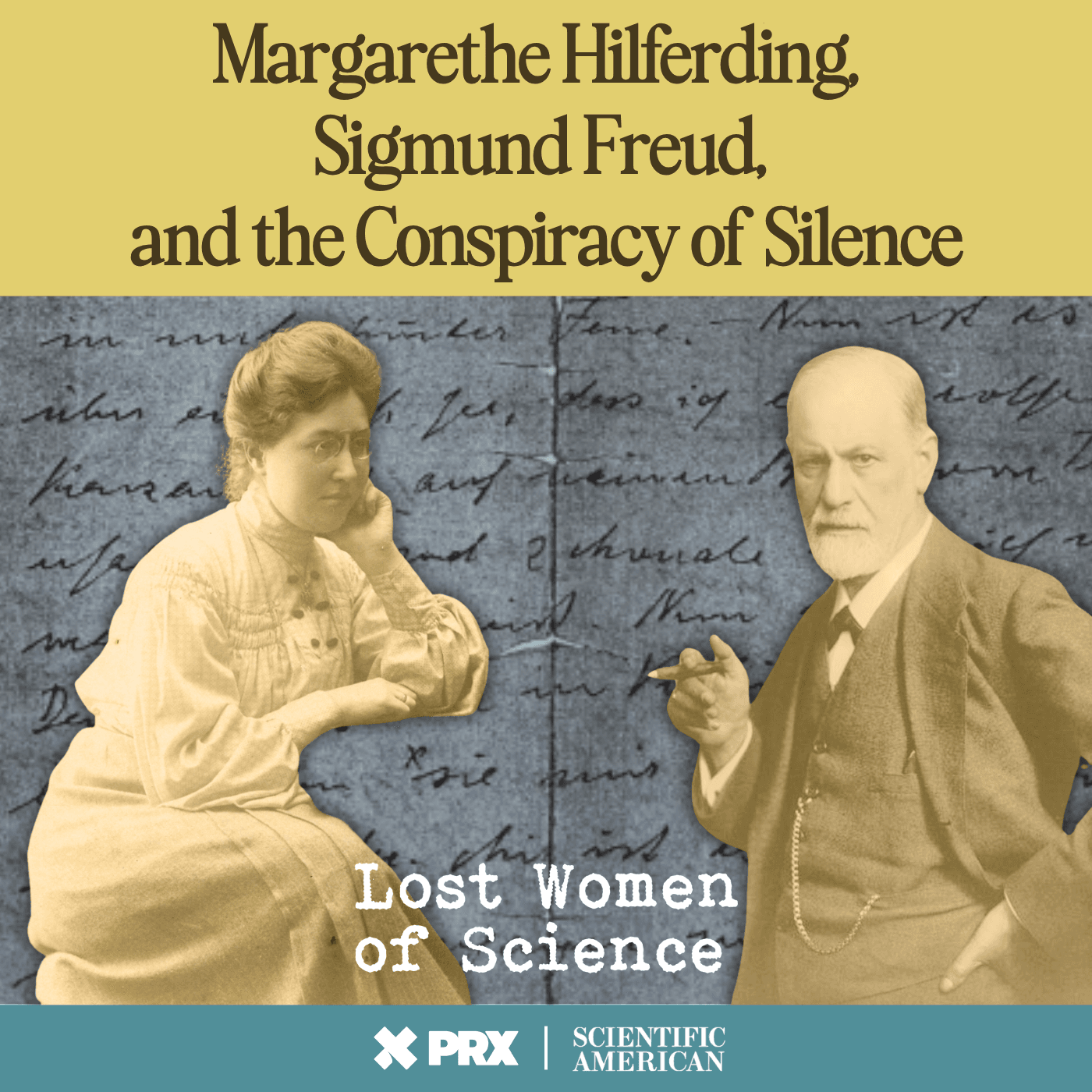





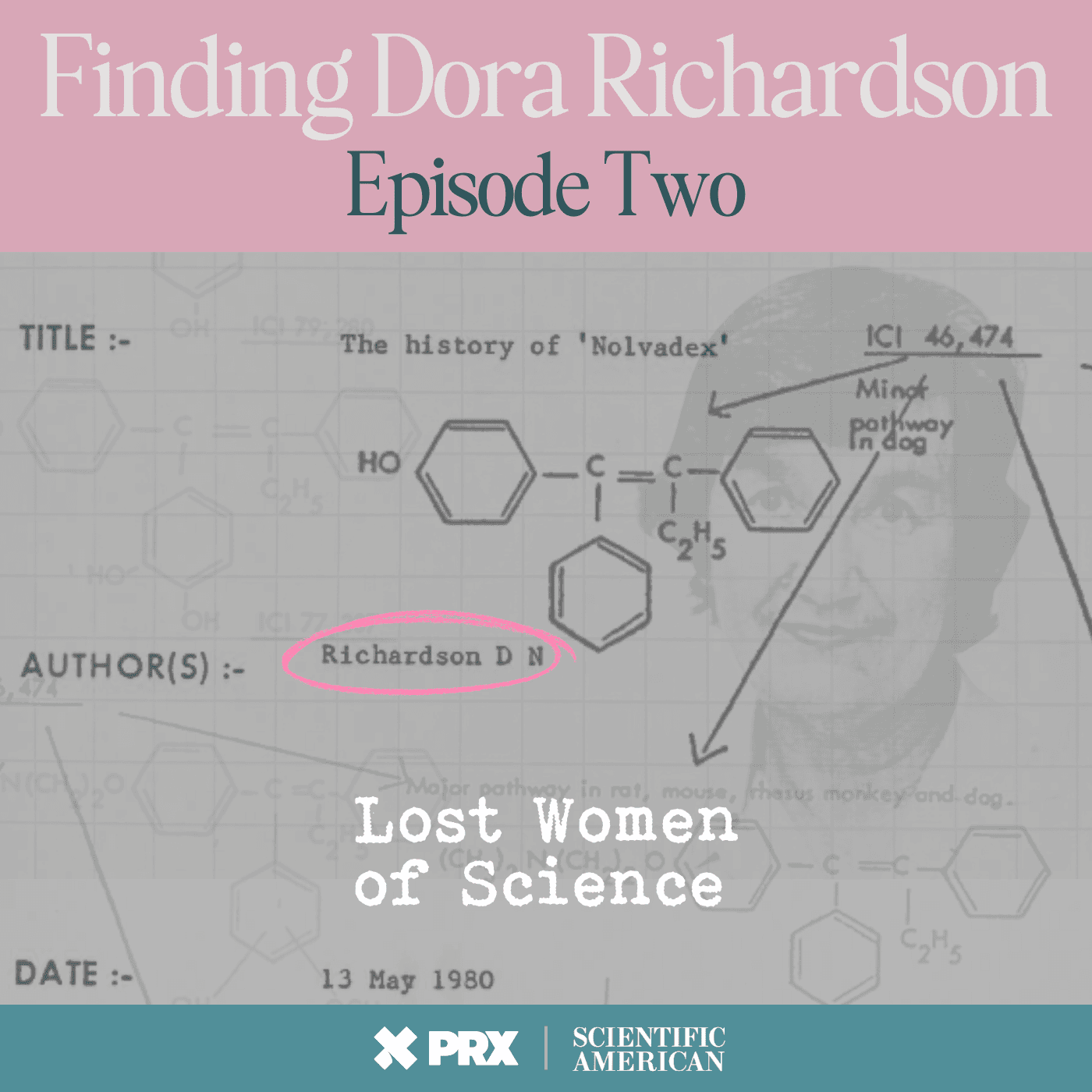
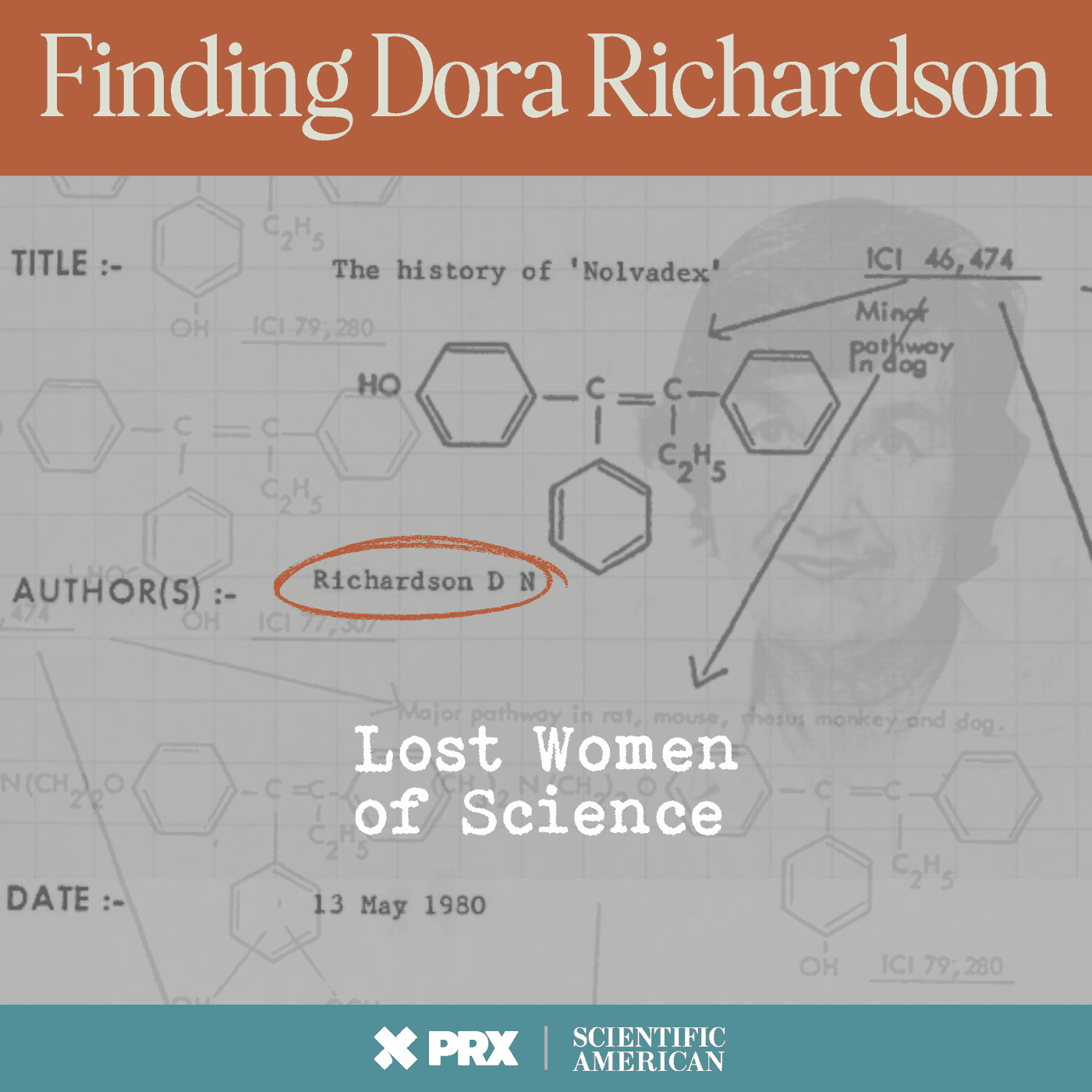


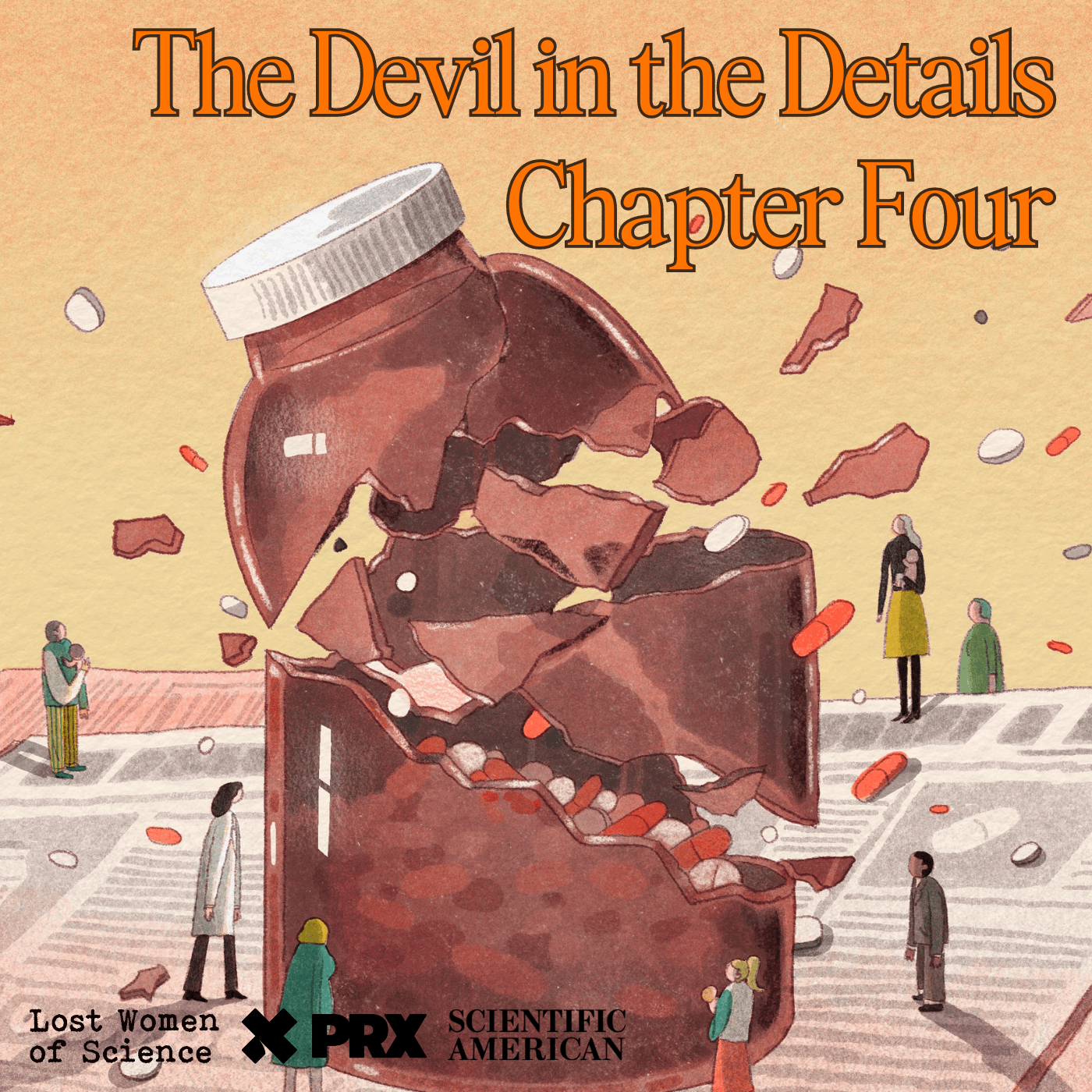

















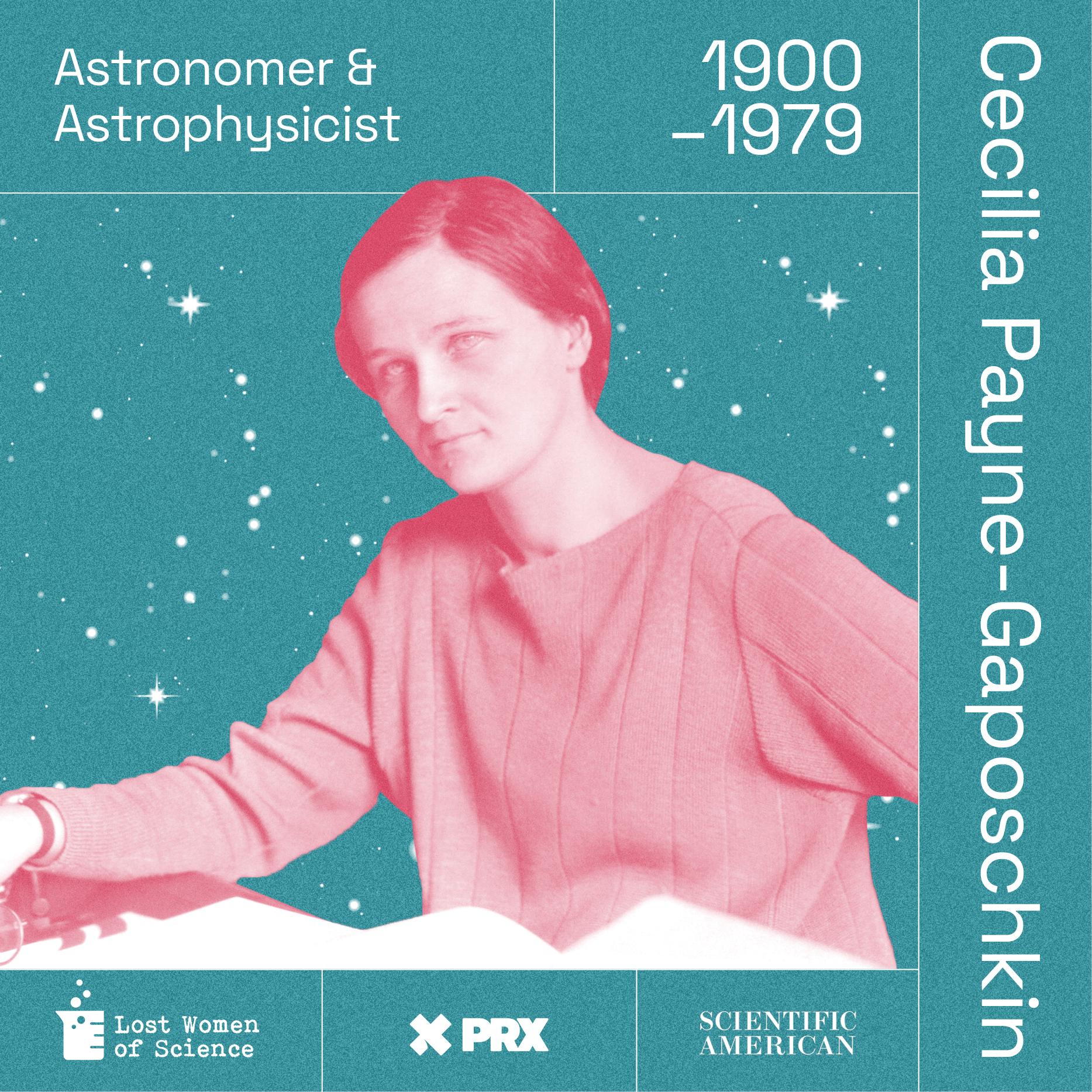
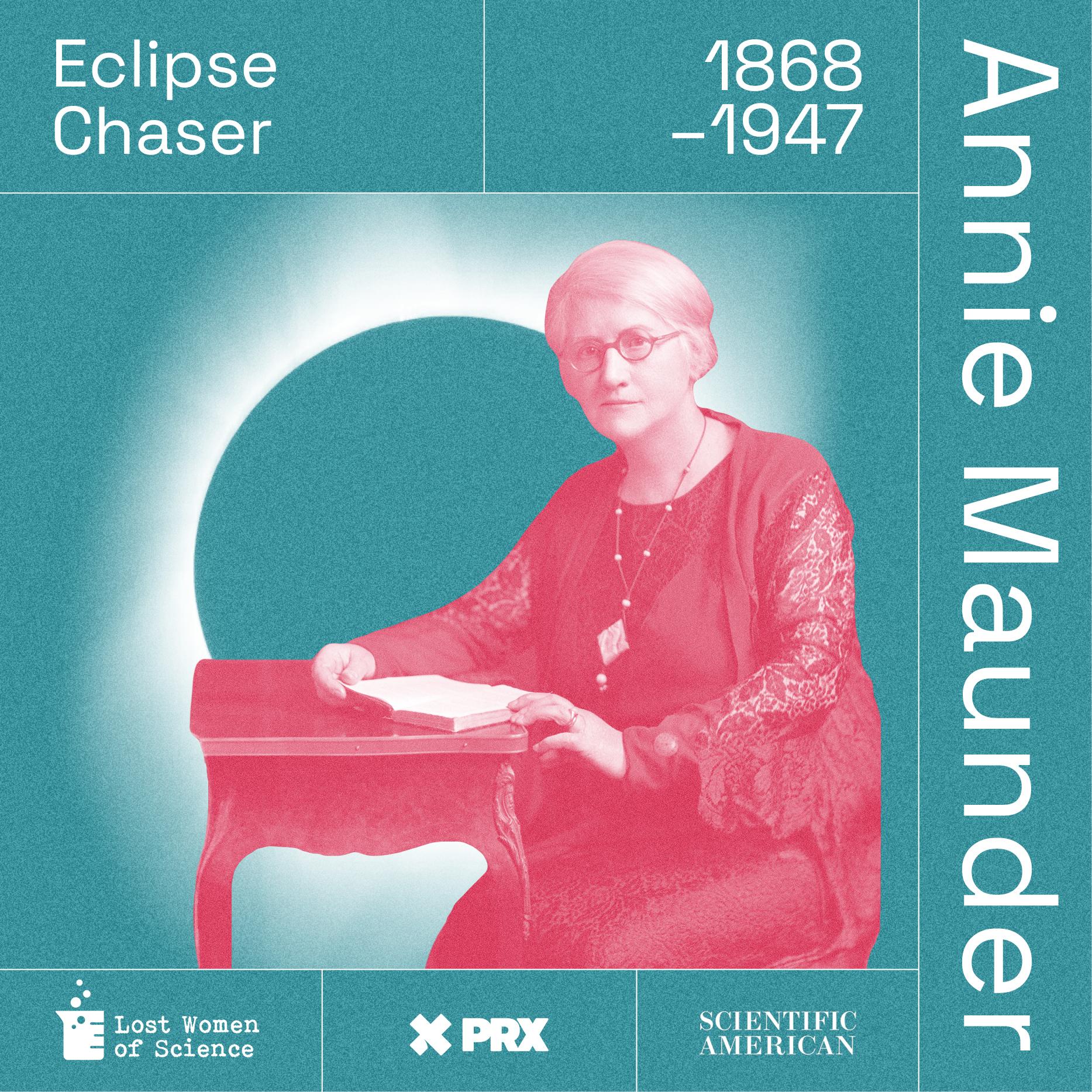
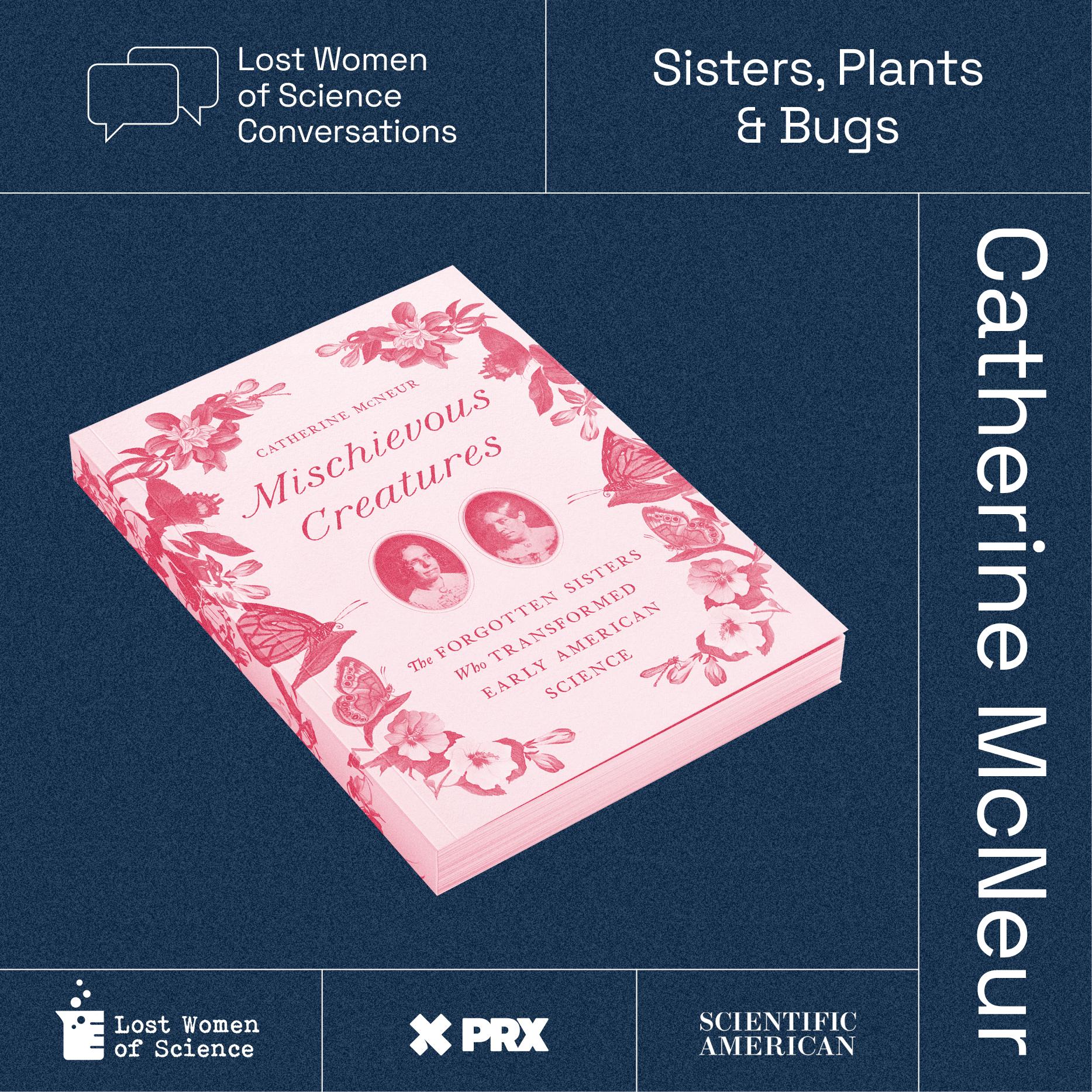











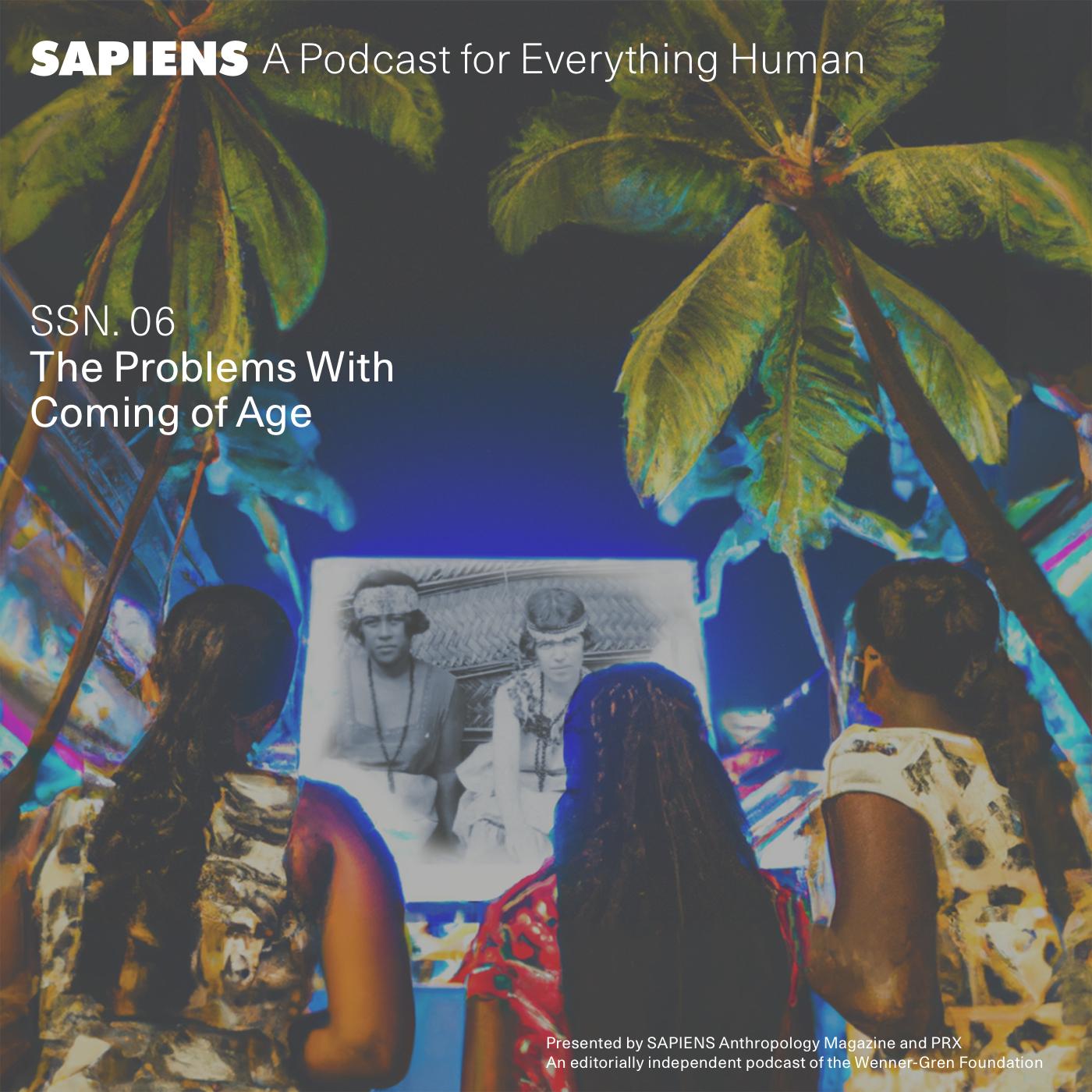











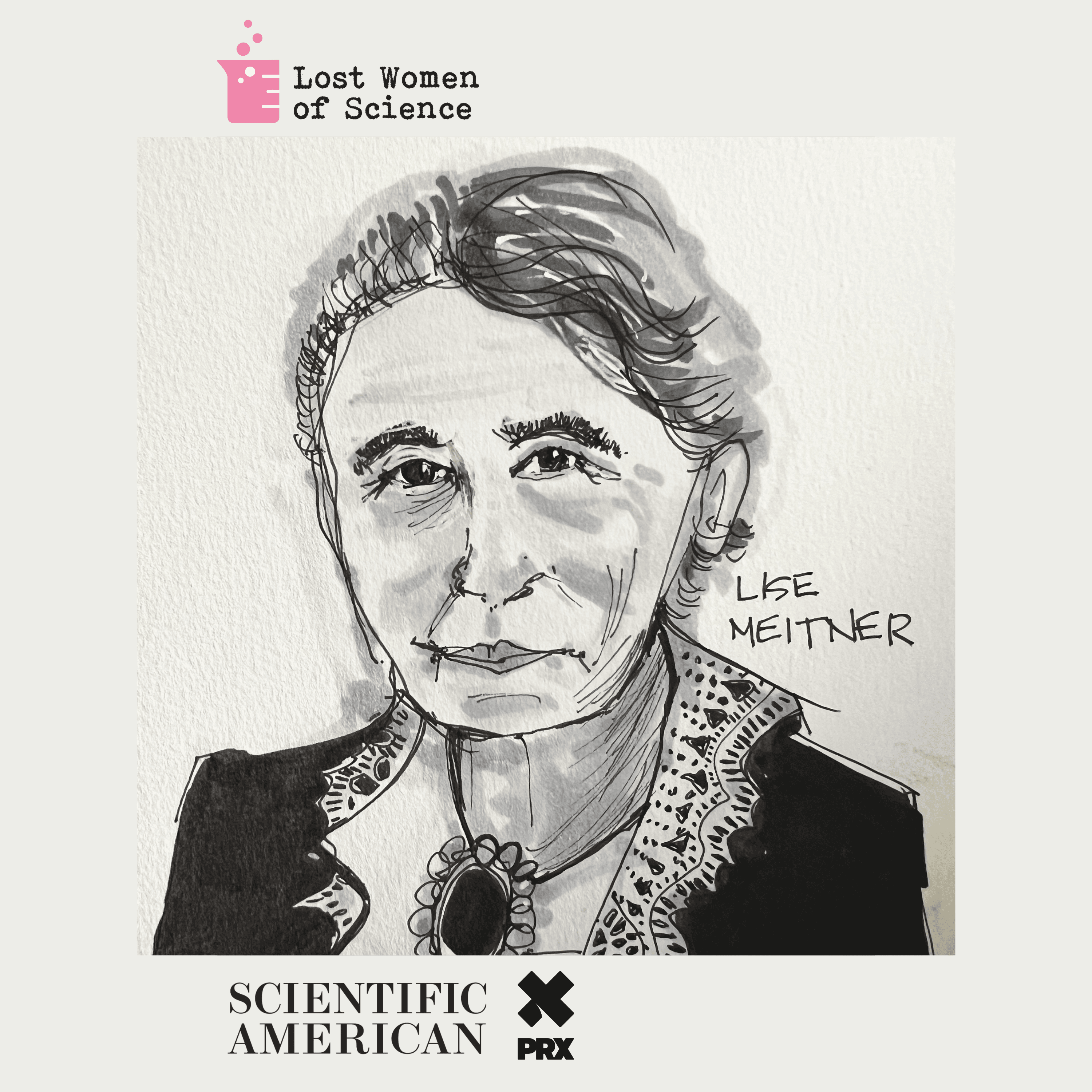




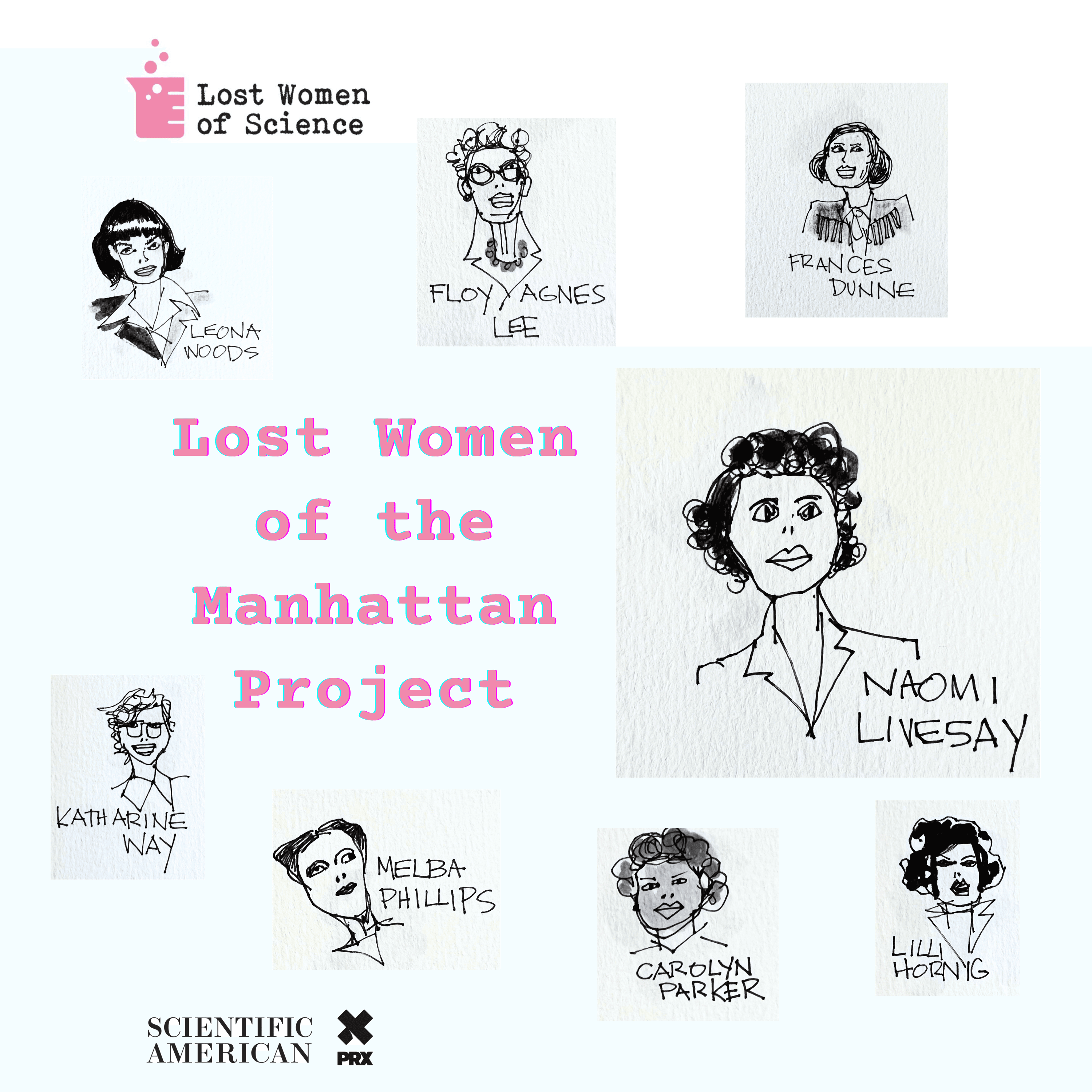




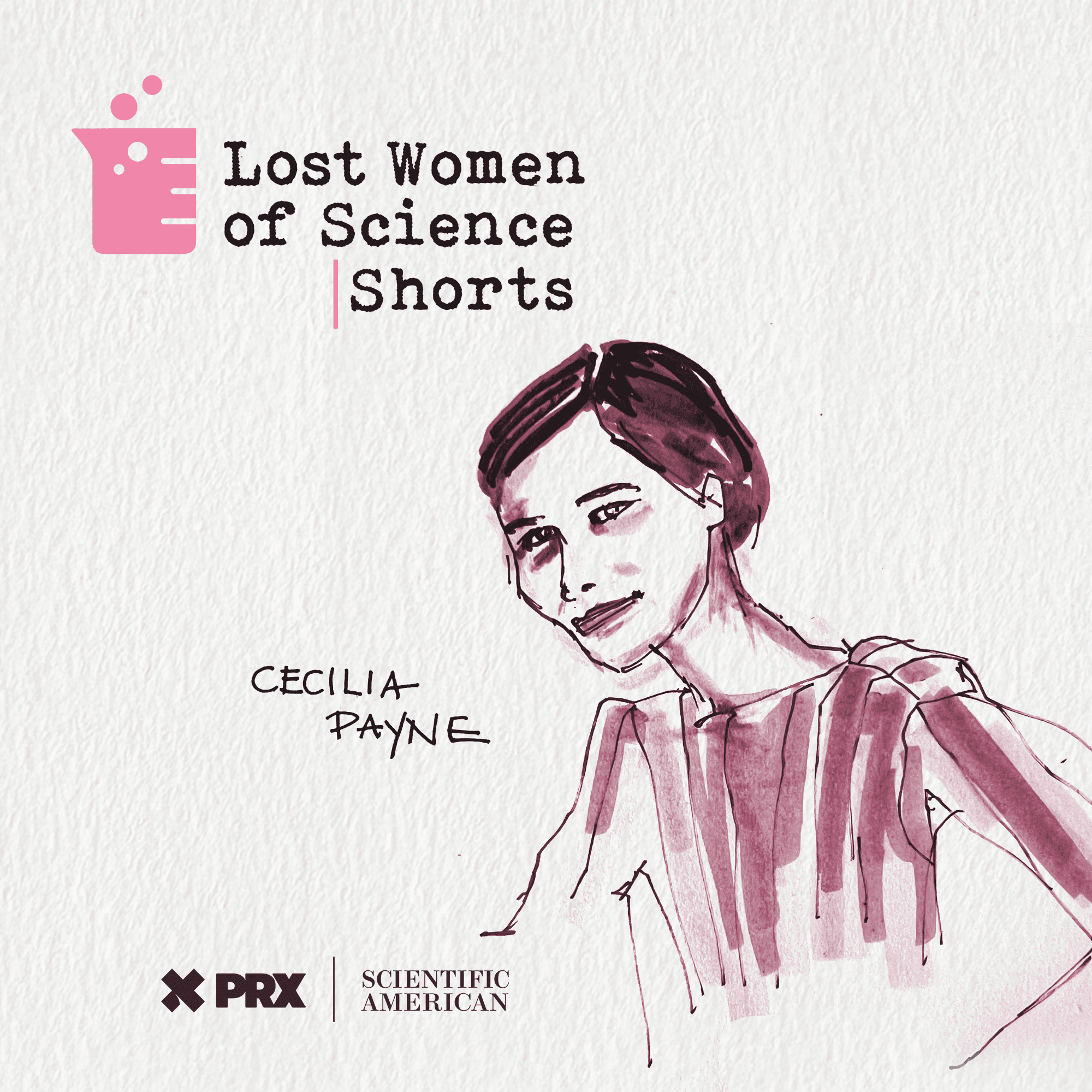

























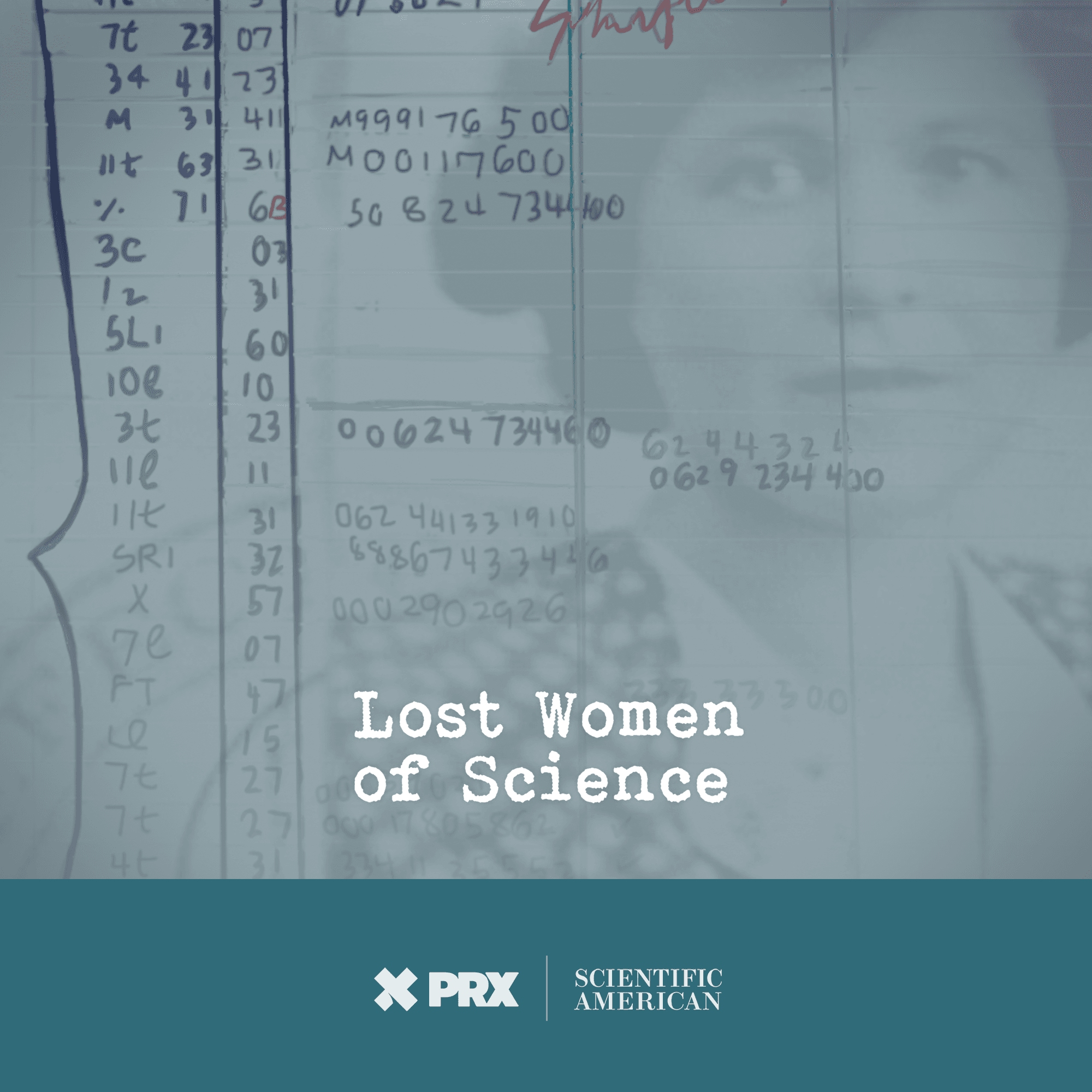
The Doctor and the Fix: Chapter 5

Marie Nyswander died in 1986. She’d achieved almost everything she set out to, but she wanted more: even better medications than methadone, fewer regulations, and the holy grail—a cure for addiction. Addiction science has come a long way since Marie’s time, and it turns out, a lot of the field’s earlier assumptions were probably wrong. Neuroscientist Kent Berridge explains why wanting something isn’t the same as liking it. But a cure is still out of our reach
Learn about your ad choices: dovetail.prx.org/ad-choices